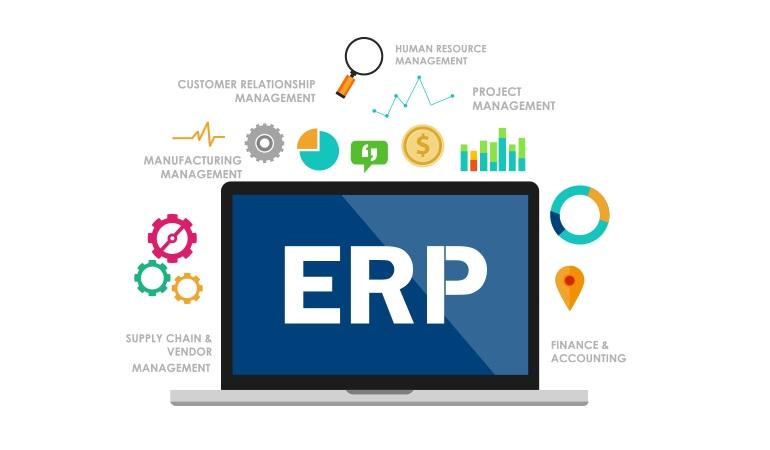Examining the Catalysts of Asia Pacific ERP Software Market Growth

The remarkable and sustained expansion of the ERP software market in the Asia Pacific region is being fueled by a powerful set of economic and technological catalysts. This significant Asia Pacific ERP Software Market Growth is on a clear trajectory to elevate the market's total worth to USD 66.87 billion by 2034, a surge powered by an impressive 15.20% CAGR. This upward momentum is not coincidental; it is the direct result of a strategic push for digitalization across both public and private sectors, the rapid proliferation of cloud infrastructure, and the growing recognition among businesses of all sizes that integrated data management is essential for competitiveness. These key drivers are creating a fertile environment for ERP adoption, transforming it from an operational tool into a strategic imperative for businesses across the region.
A primary catalyst for market growth is the region-wide emphasis on digital transformation. Governments and industry bodies across the Asia Pacific are actively encouraging businesses to adopt digital technologies to enhance productivity and compete on a global scale. Initiatives like "Make in India," "Made in China 2025," and Singapore's "Smart Nation" program are creating a strong impetus for companies, especially in the manufacturing sector, to modernize their operations. An ERP system serves as the foundational technology for these initiatives, providing the digital backbone needed to integrate new technologies like the Internet of Things (IoT), artificial intelligence (AI), and big data analytics. As businesses strive to build smart factories and intelligent supply chains, the demand for modern, connected ERP platforms has become a critical prerequisite for participation in this new industrial revolution.
The explosive growth of the small and medium-sized enterprise (SME) sector is another powerful engine for the market. SMEs form the vast majority of businesses in the APAC region and are increasingly looking for ways to scale their operations and improve efficiency. Historically, the high cost and complexity of ERP systems put them out of reach for these smaller companies. However, the advent of affordable, scalable, and easy-to-use cloud-based ERP solutions has completely changed the game. These SaaS platforms allow SMEs to access enterprise-grade functionality on a flexible subscription basis, without the need for a large upfront investment. This democratization of ERP technology has unlocked a massive, previously untapped segment of the market, which is now one of the fastest-growing sources of demand.
Furthermore, the increasing globalization of business and the complexity of modern supply chains are driving the need for greater visibility and control. Businesses in the Asia Pacific operate in a highly interconnected global economy, often managing suppliers, production facilities, and customers across multiple countries. This complexity makes it impossible to manage operations effectively using disparate spreadsheets and legacy systems. A unified ERP platform provides a single, real-time view of the entire value chain, from raw material procurement to final product delivery. This level of transparency enables companies to better manage risk, optimize logistics, respond faster to disruptions, and ensure compliance with diverse international regulations, making ERP adoption a crucial strategy for navigating the complexities of global commerce.
Explore Our Latest Trending Reports:
- Art
- Causes
- Crafts
- Dance
- Drinks
- Film
- Fitness
- Food
- Παιχνίδια
- Gardening
- Health
- Κεντρική Σελίδα
- Literature
- Music
- Networking
- άλλο
- Party
- Religion
- Shopping
- Sports
- Theater
- Wellness


